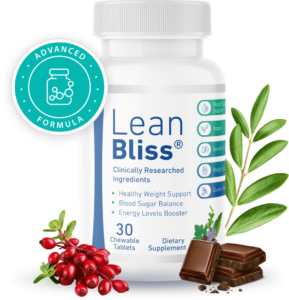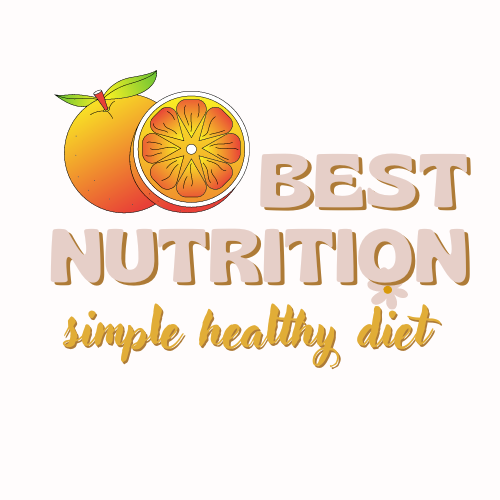
Balanced nutrition
Achieving optimal health and wellness is strongly linked to maintaining a balanced nutrition. A healthy diet plays a crucial role in promoting overall well-being and preventing chronic diseases. The U.S. Department of Agriculture and the U.S. Department of Health and Human Services have established dietary guidelines for Americans, outlining the key components of a healthy diet.
To ensure balanced nutrition, it is important to limit the consumption of refined grains, added sugars, cholesterol, trans fats, saturated fats, and sodium. Instead, focus on incorporating more seafood, low-fat dairy, fat-free products, whole grains, fruits, and vegetables into your meals. According to the USDA, half of your plate should be filled with fruits and vegetables, at least half of your grains should be whole grains, and you should consume 2 to 6 ounces of protein daily. Switching to low-fat dairy products whenever possible is also recommended.
Key Takeaways:
- A healthy diet consists of limiting refined grains, added sugars, cholesterol, trans fats, saturated fats, and sodium.
- Include more seafood, low-fat dairy, fat-free products, whole grains, fruits, and vegetables in your meals.
- Fill half of your plate with fruits and vegetables.
- Make at least half of your grains whole grains.
- Consume 2 to 6 ounces of protein daily.
Tips for Proper Nutrition
When it comes to maintaining your health and well-being, proper nutrition plays a crucial role. Following dietary guidelines can provide a roadmap to achieving optimal health through balanced nutrition. Here are some tips to help you ensure you’re getting the nutrients your body needs:
- Limit the consumption of:
- Refined grains
- Added sugars
- Cholesterol
- Trans fats
- Saturated fats
- Sodium
- Incorporate more of the following:
- Seafood
- Low-fat dairy
- Fat-free products
- Whole grains
- Fruits
- Vegetables
- Pay attention to calorie intake:
Eating the appropriate amount of calories for your body’s needs is essential. This can be determined by factors such as age, gender, activity level, and overall health. Consult a healthcare professional or a registered dietitian for personalized guidance.
- Engage in regular physical activity:
Physical activity is not only important for maintaining a healthy weight, but it also supports overall well-being. Aim for at least 150 minutes of moderate-intensity aerobic activity or 75 minutes of vigorous-intensity aerobic activity per week, along with muscle-strengthening activities twice a week.
By following these dietary guidelines and incorporating these tips into your daily routine, you can ensure proper nutrition and work towards a healthier lifestyle.
The Food Pyramid
Optimizing your health involves following a balanced diet that includes a variety of foods in specific amounts. The food pyramid provides a visual representation of the recommended proportions of each food group, emphasizing healthy eating habits.
- Fruits and vegetables: These should make up half of your plate during every meal. Filled with essential vitamins, minerals, and fiber, fruits and vegetables offer numerous health benefits.
- Grains: Whole grains, such as whole wheat, brown rice, and oats, should play a significant role in your diet. They promote weight management and reduce the risk of heart disease.
- Protein: Consuming protein in limited quantities is essential for muscle growth and repair. Diversify your protein sources by including lean meats, poultry, fish, beans, and nuts.
- Dairy products: Dairy products, especially low-fat options, provide calcium, vitamin D, and other vital nutrients. They contribute to bone health and help reduce the risk of certain diseases.
By following the food pyramid, you can prioritize healthy eating and ensure your diet is well-rounded, providing the necessary nutrients for optimal health.
It’s important to note that portion sizes play a significant role in maintaining a balanced diet. Pay attention to the recommended serving sizes of each food group to prevent overconsumption. Additionally, consult with a healthcare professional or registered dietitian to tailor your diet to your specific needs and goals.
Healthy Eating Plate
The Healthy Eating Plate, created by Harvard University, provides a practical and visual guide for building a healthy and balanced diet. This approach emphasizes the importance of incorporating various food groups in appropriate proportions to support overall health and well-being.
One of the key recommendations of the Healthy Eating Plate is to use healthy oils, such as olive oil and canola oil, for cooking instead of unhealthy saturated fats. These oils provide essential nutrients and are beneficial for heart health.
Another crucial aspect highlighted by the Healthy Eating Plate is the inclusion of ample vegetables and a variety of fruits in your daily meals. These are rich sources of vitamins, minerals, and dietary fiber, providing numerous health benefits.
In terms of protein intake, the Healthy Eating Plate suggests choosing healthy protein sources like fish, poultry, beans, and nuts. These options are low in saturated fat and provide essential nutrients while reducing the consumption of red meat and processed meats, which are associated with health risks.
Incorporating whole grains into your diet is also recommended by the Healthy Eating Plate. Whole grains, such as brown rice and whole wheat bread, are high in fiber and provide sustained energy, promoting better digestion and weight management.
Staying properly hydrated is vital for overall health, and the Healthy Eating Plate emphasizes the importance of drinking water, tea, or coffee with little or no sugar. These beverages are hydrating and can be consumed as part of a healthy lifestyle.
In addition to nutrition, the Healthy Eating Plate acknowledges the significance of regular physical activity. Engaging in physical activity is essential for maintaining a healthy weight, supporting cardiovascular health, and enhancing overall well-being.
By following the guidance of the Healthy Eating Plate, individuals can create meals that are balanced, nutritious, and promote good health. Incorporating healthy oils, plenty of vegetables and fruits, choosing healthy proteins and whole grains, staying hydrated, and engaging in regular physical activity are key components of a healthy eating plan.
| Healthy Eating Plate Recommendations |
|---|
| Use healthy oils like olive and canola oil for cooking |
| Include plenty of vegetables and a variety of fruits in your diet |
| Choose healthy proteins like fish, poultry, beans, and nuts |
| Limit consumption of red meat and processed meats |
| Incorporate whole grains into your meals |
| Stay hydrated by drinking water, tea, or coffee with little or no sugar |
| Engage in regular physical activity |
Conclusion
In conclusion, a balanced diet is essential for achieving and maintaining optimal health and a healthy lifestyle. By incorporating key components such as fruits, vegetables, whole grains, and lean proteins into your daily meals, you can provide your body with the necessary nutrients for overall well-being.
It is crucial to limit the consumption of unhealthy elements like refined grains, added sugars, cholesterol, and saturated fats to prevent the risk of various health issues. Additionally, reducing the intake of trans fats and sodium can have a positive impact on your cardiovascular health and overall wellness.
Alongside a balanced diet, engaging in regular physical activity is crucial. It not only helps in maintaining a healthy weight but also boosts mental well-being and strengthens your immune system. Incorporating these lifestyle choices into your daily routine will contribute to achieving optimal health and a balanced, healthy lifestyle.
FAQ
What are the key components of a healthy diet?
What are some tips for proper nutrition?
How does the food pyramid guide healthy eating?
What is the Healthy Eating Plate?
Source Links
- https://i-base.info/guides/side/diet-a-balanced-diet-and-your-health
- https://www.delightmedical.com/wellness-guide/the-basics-of-healthy-eating/essential-components-of-a-healthy-diet
- https://www.hsph.harvard.edu/nutritionsource/healthy-eating-plate/


















